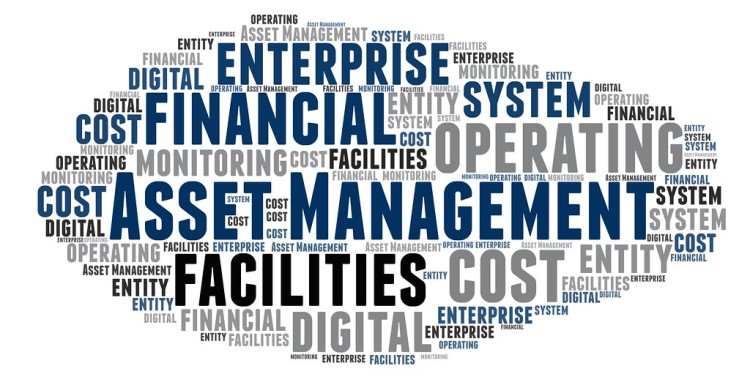
Enterprise Asset Management (EAM) is a process that allows organizations to manage their physical assets efficiently and effectively. It involves tracking and monitoring the lifecycle of assets from the time of acquisition to disposal. One of the critical components of EAM is Asset Data Management, which is a critical function that helps organizations manage their asset data to improve decision-making and compliance. In this article, we will explore the role of EAM in asset data management and how it can help organizations make better decisions and comply with regulations.
Asset data management involves collecting, storing, and analyzing asset-related data, including purchase and disposal data, maintenance and repair history, and usage data. Asset data management is essential for organizations that have a large number of physical assets that need to be tracked and managed efficiently. Accurate and up-to-date asset data helps organizations make informed decisions about asset utilization, maintenance, and replacement, which can lead to significant cost savings and increased efficiency.
EAM provides organizations with a comprehensive system for managing their assets, including asset data management. EAM software allows organizations to track and manage asset data throughout the asset lifecycle, from purchase to disposal. With EAM, organizations can collect and store asset data in a centralized database, making it easily accessible to all stakeholders.
EAM software provides organizations with a range of tools to manage their asset data, including dashboards and reports that provide real-time information on asset utilization, maintenance schedules, and performance. These tools help organizations identify areas where improvements can be made, such as optimizing asset utilization or improving maintenance schedules, to reduce downtime and increase productivity.
EAM also helps organizations comply with regulatory requirements related to asset management. Many industries have regulations that require organizations to maintain accurate records of their physical assets, including their purchase and disposal history, maintenance and repair history, and usage data. Failure to comply with these regulations can result in fines, legal action, and damage to the organization’s reputation.
EAM software can help organizations comply with these regulations by providing a centralized system for managing asset data. EAM software ensures that all asset-related data is accurately recorded and stored, making it easy to provide regulatory bodies with the necessary information.
In addition to helping organizations comply with regulations, EAM software also helps organizations make better decisions about their assets. By providing real-time information on asset performance, utilization, and maintenance, EAM software helps organizations identify areas where improvements can be made to increase efficiency and reduce costs.
For example, suppose an organization has a fleet of vehicles that are used for delivery services. With EAM software, the organization can track vehicle usage and maintenance history to identify patterns that indicate which vehicles require more frequent maintenance or repairs. By analyzing this data, the organization can optimize its maintenance schedule to reduce downtime and increase productivity.
EAM software can also help organizations make informed decisions about asset replacement. By tracking the lifecycle of assets, EAM software can provide organizations with accurate information about when assets are approaching the end of their useful life. This information can help organizations plan for asset replacement, ensuring that they have the necessary funds and resources to replace assets before they fail.
In summary, EAM and Asset Data Management are critical components of asset management that help organizations manage their physical assets efficiently and effectively. EAM software provides organizations with a comprehensive system for managing asset data throughout the asset lifecycle, from purchase to disposal. EAM software helps organizations comply with regulatory requirements related to asset management and make informed decisions about asset utilization, maintenance, and replacement.
By implementing EAM software, organizations can benefit from increased efficiency, reduced costs, and improved compliance with regulatory requirements. EAM software provides organizations with the tools they need to manage their assets effectively, ensuring that they are able to make informed decisions that lead to improved performance and increased profitability.
